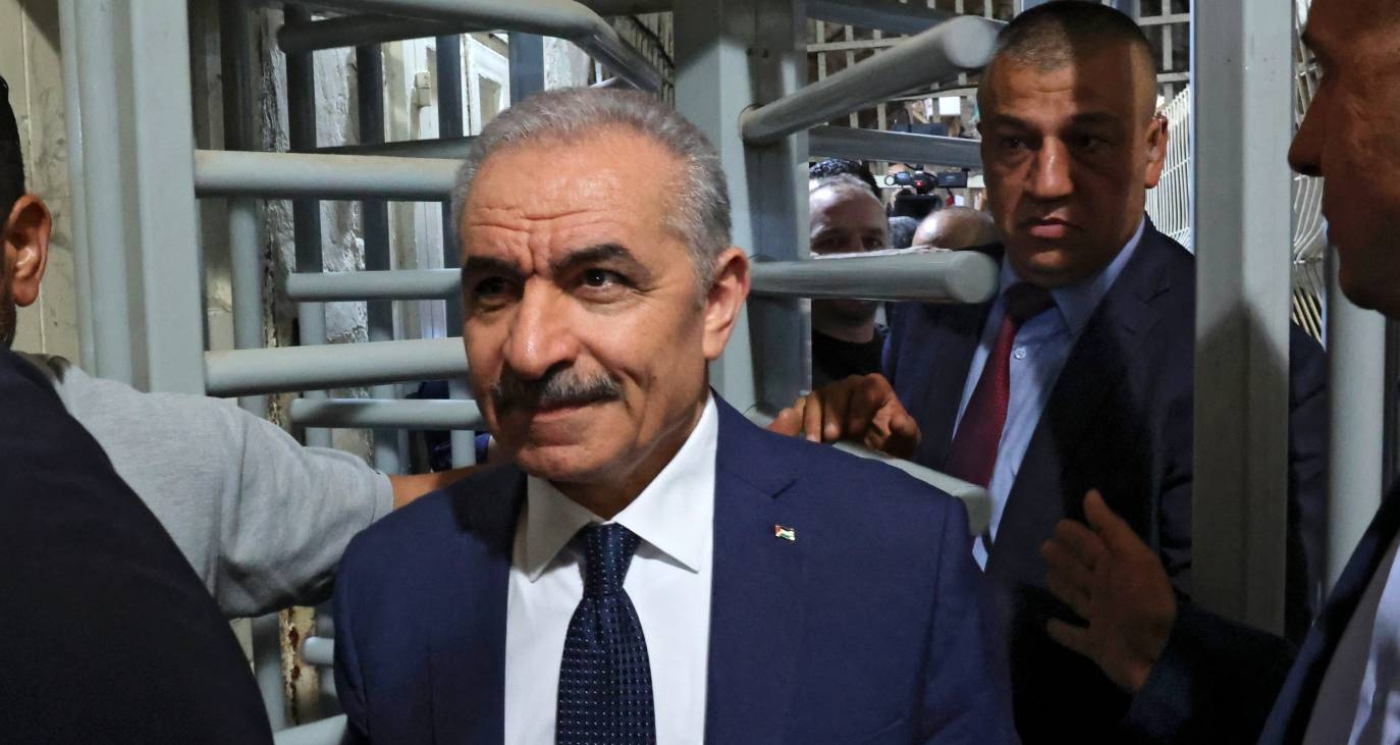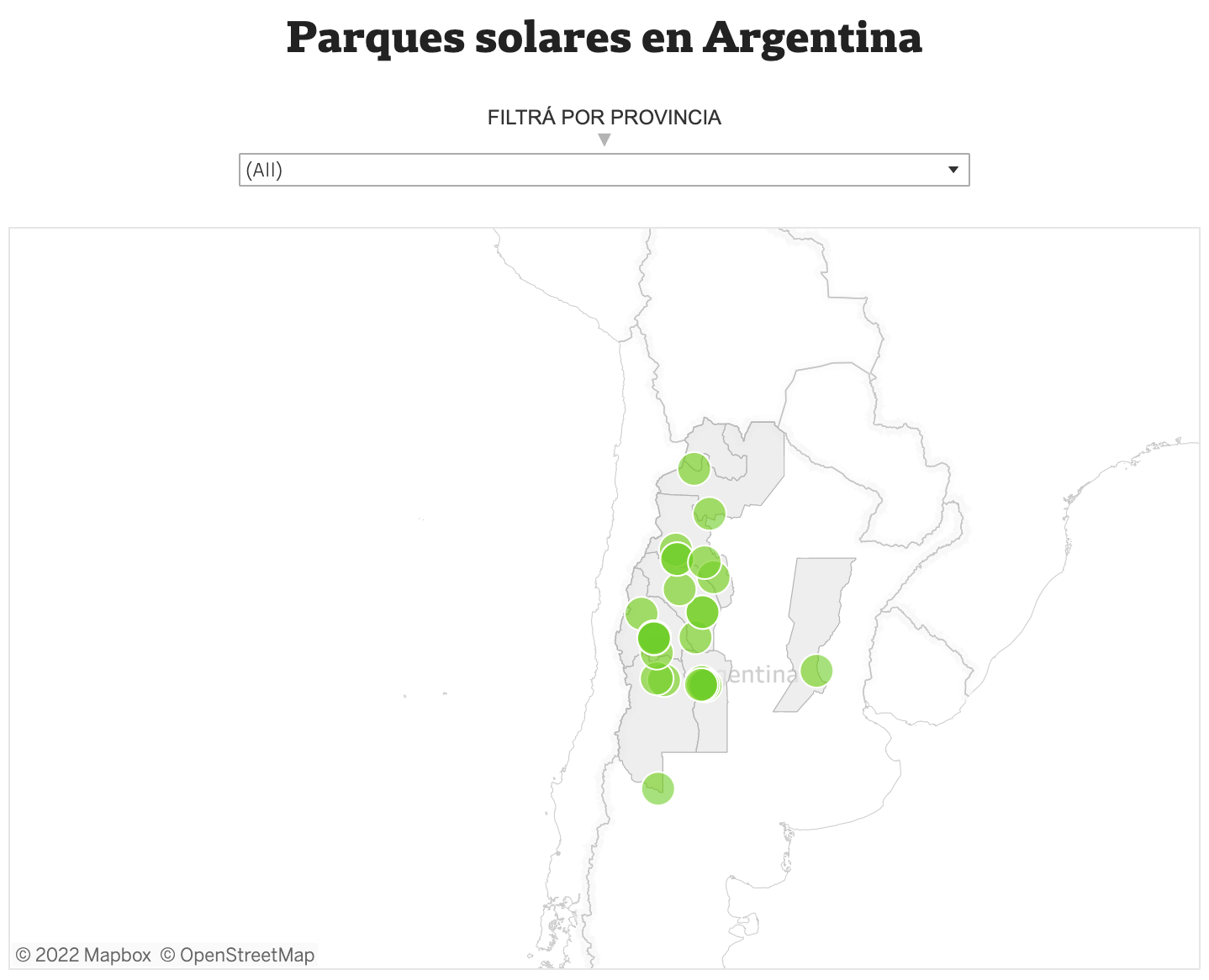NATO Secretary General Stoltenberg: Donetsk, Luhansk are part of Ukraine; Russia undermines Ukraine's territorial integrity

22.02.2022
NATO Secretary General Jens Stoltenberg issued a statement on Russia's recognition of the self-proclaimed Donetsk and Luhansk "People's Republics" condemning this decision, which undermines the territorial integrity of Ukraine and violates the Minsk agreements.
"I condemn Russia's decision to extend recognition to the self-proclaimed 'Donetsk People's Republic' and 'Luhansk People's Republic.' This further undermines Ukraine's sovereignty and territorial integrity, erodes efforts towards a resolution of the conflict, and violates the Minsk Agreements, to which Russia is a party," Stoltenberg said.
He said that in 2015 the UN Security Council, which includes Russia, confirmed its full respect for the sovereignty, independence and territorial integrity of Ukraine.
"Donetsk and Luhansk are part of Ukraine. Moscow continues to fuel the conflict in eastern Ukraine by providing financial and military support to the separatists. It is also trying to stage a pretext to invade Ukraine once again," the NATO Secretary General said.
At the same time, Stoltenberg said the alliance supports the sovereignty and territorial integrity of Ukraine within its internationally recognized borders. "Allies urge Russia, in the strongest possible terms, to choose the path of diplomacy, and to immediately reverse its massive military build-up in and around Ukraine, and withdraw its forces from Ukraine in accordance with its international obligations and commitments.
Minsk agreements cease to exist — Putin
MOSCOW, February 22. /TASS/. The Minsk agreements are non-existent after the recognition of the Donetsk and Lugansk Peoples Republics (DPR and LPR), Russian President Vladimir Putin said on Tuesday.
"In this sense, no, the Minsk agreements are non-existent now. Why should they be implemented if we recognize the independence of these republics?" he told a news conference.
The Russian president recalled that Kiev authorities have publicly said they were not going to implement the Minsk agreements and in those conditions Russia could not tolerate genocide of the Donbass people any longer. That was why Russia had to recognize the Donbass republics.
"They are not going to implement - what else can be said? And the top officials have already said it in public. What is to be expected then? Shall we wait for the continuation of sufferings of these people, this genocide of nearly four million people who are living on these territories? It is simply impossible to look at it. <…> It could not be tolerated any longer," he said.
Russia, in his words, has always been interested in the implementation of the Minsk agreements as they were a result of a compromise. "I would like to stress once again that we have been interested in the implementation of this Package of Measures because it was a result of a compromise," he said, adding that he was among the authors of this document on the part of Russia.
But, since the signing of the Minsk accords, Ukraine has been seeking to reduce all the efforts toward their implementation to zero. "The Minsk agreements were killed long before yesterday’s recognition of the Donbass republics. And not by us, not by these republics, but by Kiev’s current authorities," Putin stressed.
On February 21, Russian President Vladimir Putin signed a decree recognizing the sovereignty of the Donetsk and Lugansk People’s Republics (DPR and LPR). Treaties of friendship, cooperation and mutual assistance were signed with their leaders. Putin instructed the foreign ministry to establish diplomatic relations with the Donbass republics and the defense ministry to ensure peace on their territories.














